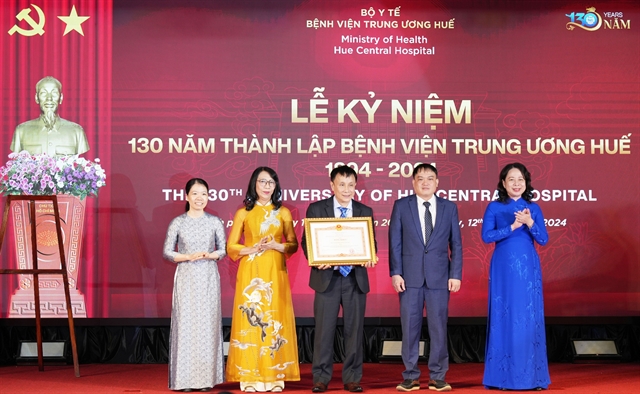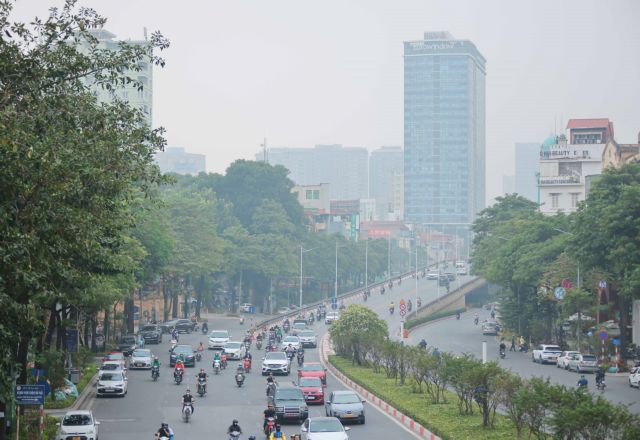

Việt Nam will wipe out tuberculosis in 2030, Deputy Prime Minister Vũ Đức Đam said at the 60th anniversary of the Hà Nội-based Central Lung Hospital, five years earlier than many nations in the world.
 |
| Việt Nam will wipe out tuberculosis in 2030, Deputy Prime Minister Vũ Đức Đam said at the 60th anniversary of the Hà Nội-based Central Lung Hospital, five years earlier than many nations in the world. — Photo VGP |
HÀ NỘI – Việt Nam will wipe out tuberculosis in 2030, Deputy Prime Minister Vũ Đức Đam said at the 60th anniversary of the Hà Nội-based Central Lung Hospital, five years earlier than many nations in the world.
Speaking on Sunday at the anniversary celebration, the Deputy PM hailed the efforts, enthusiasm, professionalism and great responsibility of the generations of physicians, scientists and health workers in the hospital in fighting tuberculosis and contributing public health.
The hospital’s doctors have transferred technology to district-level health centres and implemented the community-based tuberculosis prevention programme. There are 45 lung and tuberculosis hospitals around the country and the recovery ratio of patients testing positive for TB reached 89.9 per cent compared with the target of 85 per cent.
The hospital has also implemented an acute childhood respiratory infection prevention programme - a fatal lung disease for children under five - that mobilised the participation of all pediatrics hospitals nationwide.
The hospital’s innovations in management, which contributed significantly to reducing overload despite the growing number of patients, is a valuable example that should be replicated in the health sector, the deputy PM said, saying it reflected the very core values of the socialist health system.
The Deputy PM suggested that the Central Lung Hospital co-ordinate with tuberculosis treatment centres to reach the goal of reducing the death toll from an estimated 17,000 a year to 10,000 by 2020, and wipe out the disease in 2030.
Tuberculosis remains one of the most prevalent infectious diseases in Việt Nam, with the number of fatalities more than double that of traffic accident deaths.
Each year an estimated 180,000 people with active TB disease ae identified, 5,000 of them with multi-drug resistant tuberculosis. Sadly, only 52 per cent of those infected are treated. Although TB diagnostics and medications are provided free of charge, the total cost incurred by a patient may be equal to one year’s income due to hospitalisation costs and nutritional needs during treatment.-- VNS









